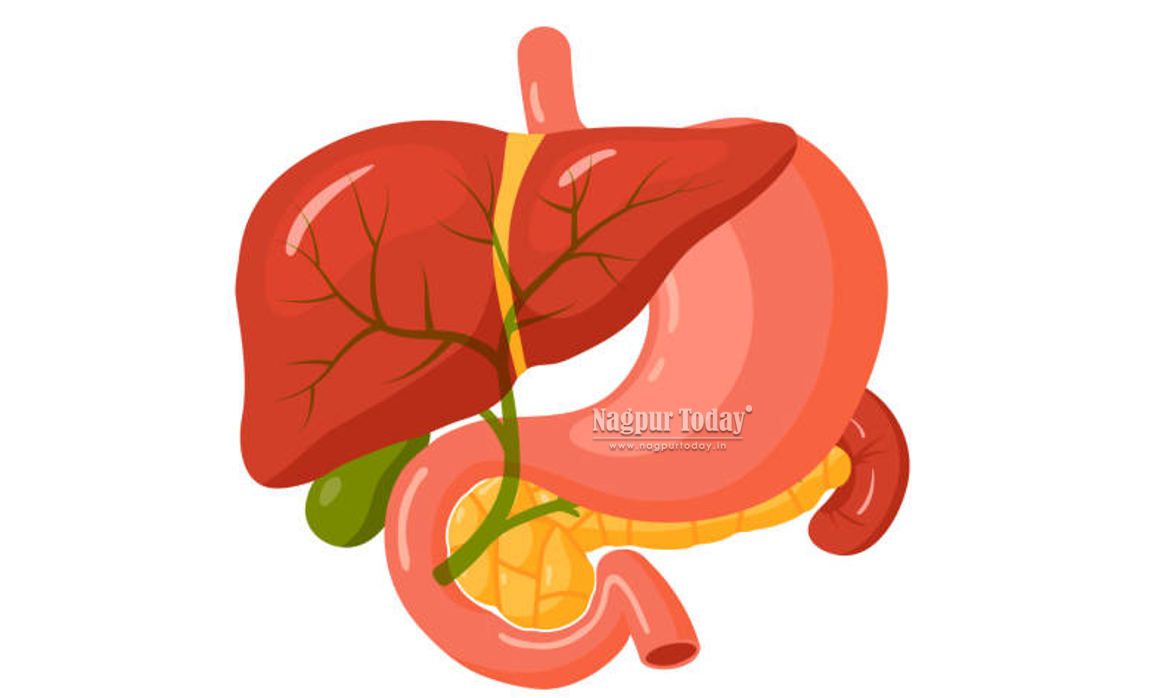Bile acid imbalance results when there is too much or too little bile acid in the body. Bile acids are needed for fat and fat-soluble vitamin digestion and absorption in the small intestine. When this fine balance is lost, it can cause a range of symptoms and even long-term illness. Treating bile acid imbalance is important to ensure optimal digestive and overall health.
In this article, we will discuss early symptoms of bile acid imbalance, how it affects your health, and how you can control it effectively. Medicines such as udiliv 150 and Livetone Ud 150 Tablet are key to restoring balance in bile acid. These drugs are usually prescribed to treat bile acid disorders and alleviate the resultant symptoms.
What Is Bile Acid Imbalance?
Bile acids are synthesized by the liver and are stored within the gallbladder. Bile acids are needed to break down fats within the digestive tract. In the normal state, bile acids digest food by emulsifying fat, allowing it to be easily broken down by enzymes. Yet when production or movement of bile acids is interrupted, it may result in disease states such as bile acid malabsorption (BAM) and cholestasis, which can produce various symptoms.
Early Symptoms of Bile Acid Imbalance
The symptoms of bile acid imbalance may differ based on the cause. Nonetheless, some of the early signs that may show the presence of bile acid issues include:
1. Chronic Diarrhea
Chronic diarrhea is one of the most frequent symptoms of bile acid imbalance, usually developing after the consumption of fatty foods. This is due to the fact that an imbalance of bile acids can be responsible for impaired digestion and fat malabsorption, resulting in an accumulation of unabsorbed fats in the intestines. This ultimately causes diarrhea, which may be profuse and watery.
2. Abdominal Pain and Bloating
Most people with bile acid imbalance develop abdominal pain, bloating, and cramping. Such symptoms are mostly noticed after eating, particularly after high-fat meals. Bloating is due to impaired bile acids that cannot digest fats, leading to indigestion and discomfort within the gastrointestinal tract.
3. Fatigue and Weakness
Fatigue and overall weakness are also potential early indicators of bile acid imbalance. Malabsorption of fat as a result of bile acid malabsorption may result in fat-soluble vitamin deficiencies, including vitamin A, D, E, and K. Vitamin deficiencies have been known to produce weakness and fatigue, among other symptoms, in some instances. Muscle cramps have been experienced in others.
4. Steatorrhea (Fatty Stools)
Steatorrhea involves the presence of too much fat in stools, which are pale, bulky, and foul in smell. This is another symptom that commonly occurs with bile acid imbalance. When bile acids are lacking or defective, they are not able to emulsify fats effectively, and thus undigested fat is propelled through the digestive system and eliminated in the stool.
5. Unexplained Weight Loss
Chronic imbalance of bile acid can cause fat and nutrient malabsorption that can result in unintentional weight loss. The body cannot properly absorb the vital nutrients from consumed food, creating deficiencies and gradually leading to weight loss. It can be highly problematic for a person who already has a normal weight or in someone with concurrent health issues.
6. Jaundice (Yellowing of the Skin and Eyes)
In more advanced cases, bile acid imbalance can lead to jaundice, a condition in which the skin and whites of the eyes become yellow. This happens when bile acids accumulate in the blood because of a blockage or dysfunction of bile production or flow. Jaundice is a sign of a severe issue with liver or bile function and needs to be addressed immediately by a doctor.
How to Manage Bile Acid Imbalance
Treatment of bile acid imbalance typically involves a blend of lifestyle modification, dietary alterations, and drug therapy. Immediate treatment is very important to avert long-term complications like damage to the liver and serious digestion issues. Below are some excellent methods of handling bile acid imbalance:
1. Medication: Udiliv 150 and Livetone Ud 150 Tablet
Medications are important in balancing bile acids and controlling symptoms. Udiliv 150 and Livetone Ud 150 Tablet are most often prescribed in order to regulate bile acid output and enhance bile flow. Udiliv 150 includes ursodeoxycholic acid, which is useful in the treatment of such conditions as cholestasis and malabsorption of bile acids. It achieves this by enhancing bile flow and alleviating the accumulation of toxic bile acids in the liver.
Likewise, Livetone Ud 150 Tablet is prescribed to treat liver disorders and imbalance of bile acids. It has a blend of ingredients that support liver health and enhance bile acid metabolism. These drugs can suppress symptoms such as abdominal discomfort, diarrhea, and bloating, giving relief to those afflicted with bile acid imbalance.
Discuss with your doctor to choose the appropriate medication and dosage depending on your health issue. Udiliv 150 and Livetone Ud 150 Tablet can be an integral component of an overall cure.
2. Dietary Changes
Making changes to your diet can significantly help in managing bile acid imbalance. A low-fat diet can help reduce symptoms such as diarrhea, bloating, and abdominal pain. Avoiding high-fat and greasy foods allows bile acids to work more efficiently and prevents further digestive issues.
3. Stay Hydrated
Hydration is important for anyone with bile acid imbalance, particularly if diarrhea is present. Drinking water replenishes fluid lost through diarrhea and assists in good digestion. Sugary beverages and caffeine should be avoided as they worsen symptoms.
Takeaway
Bile acid imbalance may produce a range of uneasy and at times severe signs and symptoms including long-standing diarrhea, epigastric pain, bloating, and steatorrhea. Early identification of such signs and symptoms is important for the proper management of the condition. Drugs such as Udiliv 150 and Livetone Ud 150 Tablet are useful aids in correcting the balance of bile acids and enhancing liver function. In conjunction with medication, dietary modification, fluid intake, and the use of probiotics can greatly aid in controlling bile acid imbalance.















